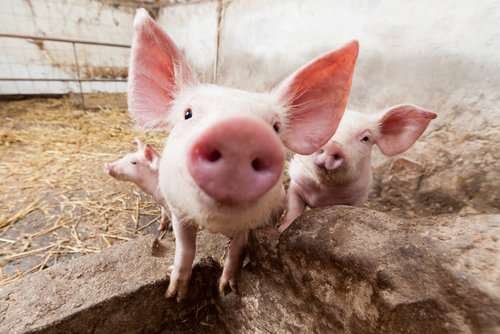General benchmarking parameters are a good resource to help determine your operation’s strengths and weaknesses
Schae Greenzweig
PigCHAMP
It’s no secret that the swine industry has become increasingly competitive and that monitoring performance trends is essential to setting your operation up for success. Key Performance Indicators (KPIs), sometimes known as Key Production or Productivity Indicators, have become increasingly valuable in pinpointing strengths and recognizing opportunities.
But, which one(s) are the most important? That will probably depend on who you ask.

Talk to Tom Gillespie, DVM, owner and founder of Rensselaer Swine Services, and he’ll tell you that it’s pounds of pork sold per unit being measured…but don’t stop listening there. “One can quickly look through the production records by week, by month, or by year to examine trends in productivity levels that are achieved, but that’s only the beginning of one’s look at KPIs.
“KPIs can be divided into two main categories: One category is used for benchmarking with another unit or KPIs can be used in a broader benchmarking activity, i.e. across the industry.”
Dr. Gillespie stresses that discussions should occur regularly regarding both performance and financial targets for production units. “KPIs continue to provide a quick overview of how well the unit is performing based on general benchmarking parameters, but an in-depth evaluation needs to occur to see if unique aspects of that unit can be examined to improve performances.”
To read more about the value of KPIs from the perspective of Dr. Gillespie and other swine industry professionals, you can view the 2016 edition of Benchmark magazine online: http://www.pigchamp.com/news/benchmark-magazine